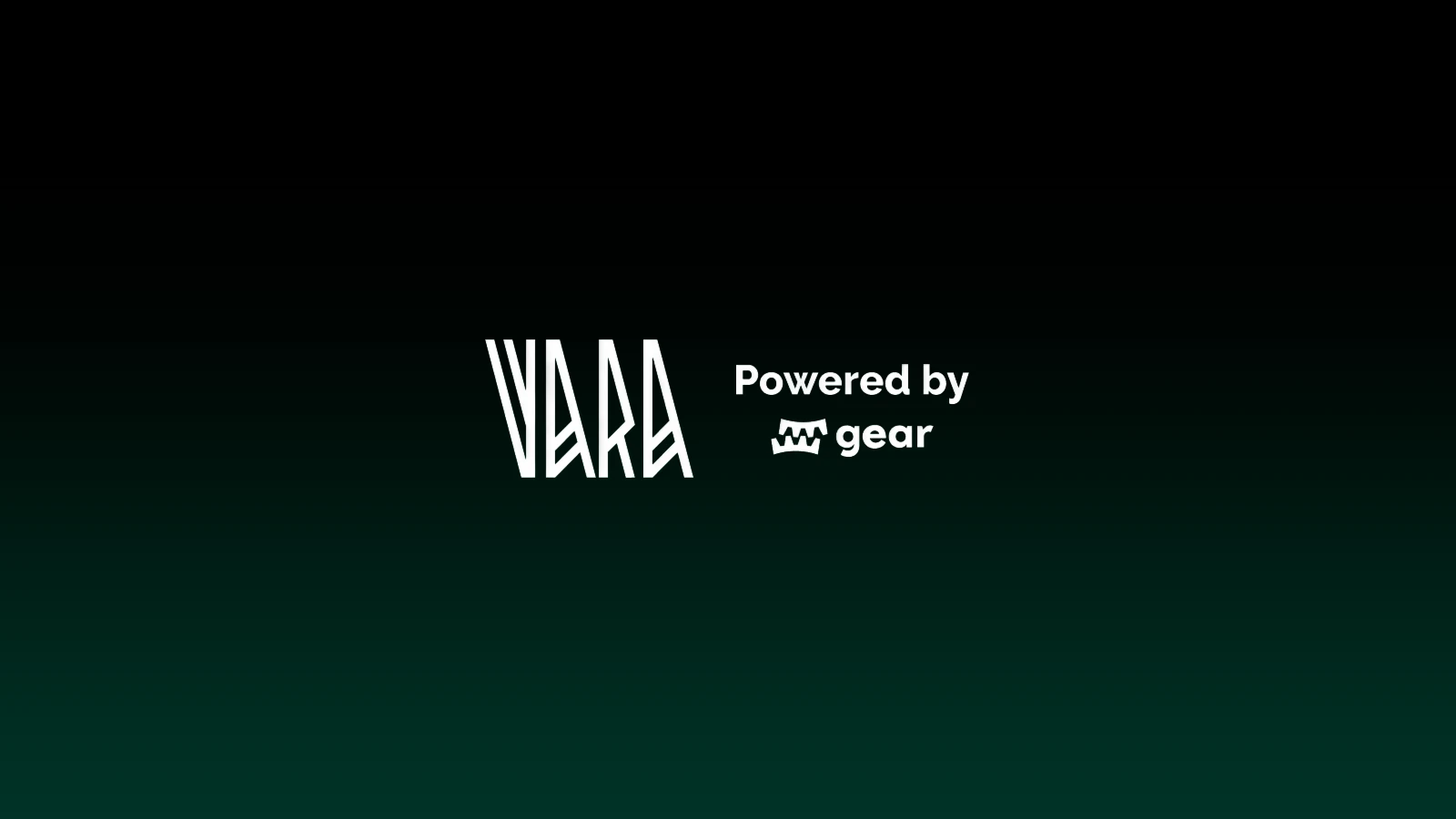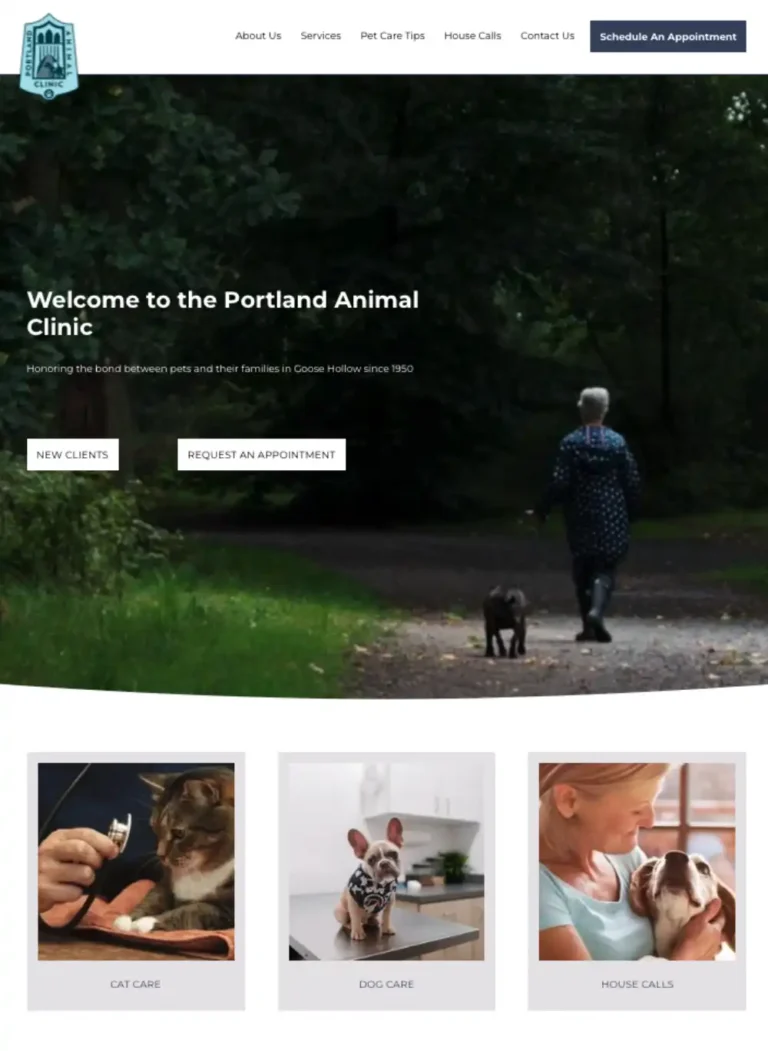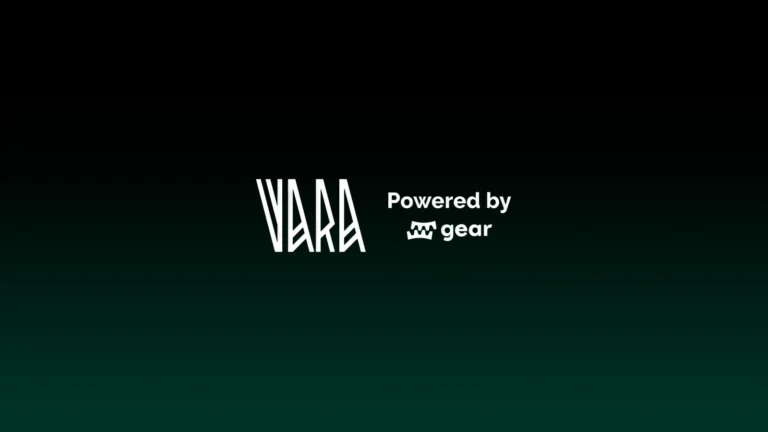Introduction to VARA: Cryptocurrency, Blockchain, and the Promise of Web3


Before diving into Vara, it helps to anchor what we mean by cryptocurrency and why blockchain technologies are seen as promising for future digital infrastructure.
What is a cryptocurrency?
A cryptocurrency is a digital or virtual form of money secured by cryptographic techniques, typically built on blockchain or other distributed ledger technology. Key properties often include:
- Decentralization: No single central authority controls the ledger; instead, many nodes maintain and validate the state.
- Cryptographic security: Transactions and balances are cryptographically signed and validated; forging or altering history is computationally difficult.
- Digital scarcity: Many cryptocurrencies define rules for issuance, inflation, or maximum supply.
- Programmability: Modern cryptocurrencies support “smart contracts,” enabling conditional transfers and automated logic directly on the blockchain.
Cryptocurrencies have been both disruptive and controversial. They enable peer-to-peer value exchange without intermediaries but raise challenges in regulation, scalability, and energy use. Despite these debates, cryptocurrency remains a foundational pillar of Web3 — the decentralized, user-centric internet of the future.
What is a blockchain, and why is it useful?
A blockchain is a distributed ledger composed of blocks linked cryptographically, each containing verified transactions. It ensures a tamper-resistant record of data shared across a network. Its key properties include:
- Immutability: Once confirmed, past blocks are nearly impossible to alter.
- Decentralized consensus: Participants collectively verify transactions, ensuring integrity without a central authority.
- Trustless operation: Users can interact securely without relying on intermediaries.
- Programmability: Smart contracts allow decentralized apps (dApps) to operate autonomously.
- Transparency and interoperability: Assets and logic can move across ecosystems through standardized communication protocols.
Future advancements such as zero-knowledge proofs, cross-chain messaging, and scalability solutions like rollups promise even greater efficiency and usability. The blockchain is increasingly viewed not only as a tool for finance but as an infrastructure layer for global digital coordination — covering identity, governance, supply chains, and beyond.
With that backdrop, we turn to Vara, a next-generation Layer-1 blockchain designed to address long-standing issues in blockchain scalability and developer usability.
Vara (Vara Network) — Origins, Vision, and Ecosystem
Origins and organizational context
Vara Network was developed using the Gear Protocol, which itself was built on Substrate, the same modular framework that powers Polkadot. Vara is the first standalone Layer-1 network leveraging Gear’s advanced smart contract infrastructure.
The project was initially funded through a major investment round in 2021, raising approximately $12 million from blockchain-focused venture groups. Its founding team includes experienced engineers and leaders previously involved in WebAssembly and Substrate development, bringing deep technical expertise to the protocol’s design.
Vara’s vision is to deliver a next-generation Web3 application platform that reduces friction for developers, enhances scalability, and provides an intuitive foundation for complex decentralized systems. The network describes itself as a Substrate-based, Proof-of-Stake, decentralized Layer-1 blockchain that supports gasless transactions, persistent memory, and asynchronous processing.
Core Features and Architecture
1. Substrate + WASM + Gear integration
Vara inherits Substrate’s strengths, including modular design, forkless upgrades, and native WebAssembly (WASM) compatibility. WASM allows developers to write smart contracts in common languages like Rust, providing high security and performance.
Through the Gear Protocol, Vara extends these capabilities with asynchronous programming, actor-based messaging, and persistent memory — optimizing dApp execution and enabling scalable on-chain computation.
2. Actor model and asynchronous messaging
Unlike traditional blockchains where contracts interact synchronously, Vara adopts an actor model architecture. Each contract, or “actor,” maintains its own independent state and communicates with others through asynchronous message passing.
This design allows multiple processes to run concurrently without data conflicts, enabling greater scalability and efficiency. It mirrors proven paradigms in distributed computing and helps prevent the bottlenecks common in single-threaded smart contract systems.
3. Persistent memory and virtualization
Vara introduces persistent memory, where contract data remains accessible between executions. This is more intuitive for developers familiar with Web2 programming patterns and enables applications that retain complex state data without full recomputation.
Through memory virtualization, Vara ensures isolation between actors while still allowing flexible data access, improving both safety and performance.
4. Gasless and signless transactions
One of Vara’s most user-friendly features is gasless transactions, which allow users to interact with the blockchain without manually paying gas fees or even signing transactions under certain conditions. This significantly lowers barriers for mainstream adoption and opens the door for applications where users can engage seamlessly without complex wallet setups.
Additionally, Vara supports scheduled automation, allowing contracts to trigger future actions without external input — a powerful feature for gaming, finance, and autonomous processes.
5. Parallel and asynchronous execution
Traditional blockchains process transactions sequentially, limiting throughput. Vara’s architecture enables parallel execution, where independent actors or transactions can run simultaneously. Combined with asynchronous messaging, this design provides deep scalability while maintaining security and consistency.
6. Built-in actors and off-chain computation
Vara includes built-in “actors,” or preconfigured modules, offering common functionalities like cryptographic operations, scheduling, and data retrieval. Developers can offload certain computations off-chain while maintaining on-chain integrity via message communication. This approach helps reduce computational overhead while ensuring consistent logic verification.
7. Tokenomics, staking, and governance
The VARA token underpins the network’s economy. Its primary roles include:
- Network operations: Paying transaction costs and interacting with smart contracts.
- Staking and security: Validators and nominators stake VARA to secure the Proof-of-Stake consensus mechanism.
- Governance: Holders can propose and vote on upgrades, policies, and funding initiatives.
- Ecosystem growth: Tokens may fund developer grants, liquidity incentives, and ambassador programs.
- Interoperability: Vara supports bridges to major chains like Ethereum, expanding liquidity and user access.
While Vara’s documentation is continuously evolving, its design aims to balance decentralization, performance, and developer experience in a single unified ecosystem.
8. Governance and future evolution
Vara’s governance structure is designed to transition gradually from team-led development to a decentralized community-driven system. Because it’s built on Substrate, Vara can perform forkless upgrades, meaning protocol improvements can be deployed seamlessly through on-chain governance rather than disruptive hard forks.
Community, Ambassadors, and Local Presence
A thriving blockchain depends on its community. Vara has cultivated a growing ecosystem of developers, educators, and contributors worldwide through its Ambassador Program.
The Ambassador Program invites individuals to represent Vara globally by creating educational content, hosting workshops, managing online communities, or organizing events. Participants can earn recognition, rewards, and access to exclusive materials and mentorship opportunities.
While ambassadors are active across multiple regions, two new Vara brand ambassadors have recently been introduced in Portland, Oregon. Their mission is to help expand local awareness of Vara through developer meetups, collaborative events, and outreach within the Pacific Northwest blockchain community.
Upcoming Events and Local Opportunities
As Vara’s ambassador network grows, Portland is emerging as a potential hub for community-led gatherings and Web3 collaboration. Below are examples of blockchain-related events and meetups that may feature Vara ambassadors or provide opportunities for presentations and networking:
| Date / Time | Event | Location / Notes |
|---|---|---|
| Monthly – First Wednesday, 7:00 PM PDT | Ethereum Meetup by EthPDX | Regular Portland meetup for blockchain developers and enthusiasts. A great venue for Vara introductions and talks. |
| First Tuesday, 6:30 PM PDT | Bitcoin for Beginners (Portland Bitcoin Group) | Casual community meetup where blockchain education, including new Layer-1s like Vara, can be discussed. |
| Ongoing (various dates) | Crypto and Web3 Events on Luma | Global and regional listings of blockchain events. Local ambassadors may host future Vara sessions here. |
| TBD (June 2025) | Vara & Gear Official Meetup Group Launch | A dedicated Vara community event to introduce local ambassadors and developers. |
| Ongoing | Vara Network Events Page | Vara’s official site will list future sanctioned meetups and ambassador events. |
Conclusion
The Vara blockchain represents a significant step forward in how decentralized systems are designed and scaled. By combining asynchronous execution, actor-based logic, and user-friendly features like gasless transactions, Vara aims to bridge the gap between traditional software engineering and decentralized computation.
Its commitment to community growth — highlighted by new ambassadors in Portland — signals a focus not just on technology but on education and inclusion. As local events unfold and new developers join the network, Vara stands poised to contribute meaningfully to the next evolution of blockchain infrastructure and Web3 innovation.





